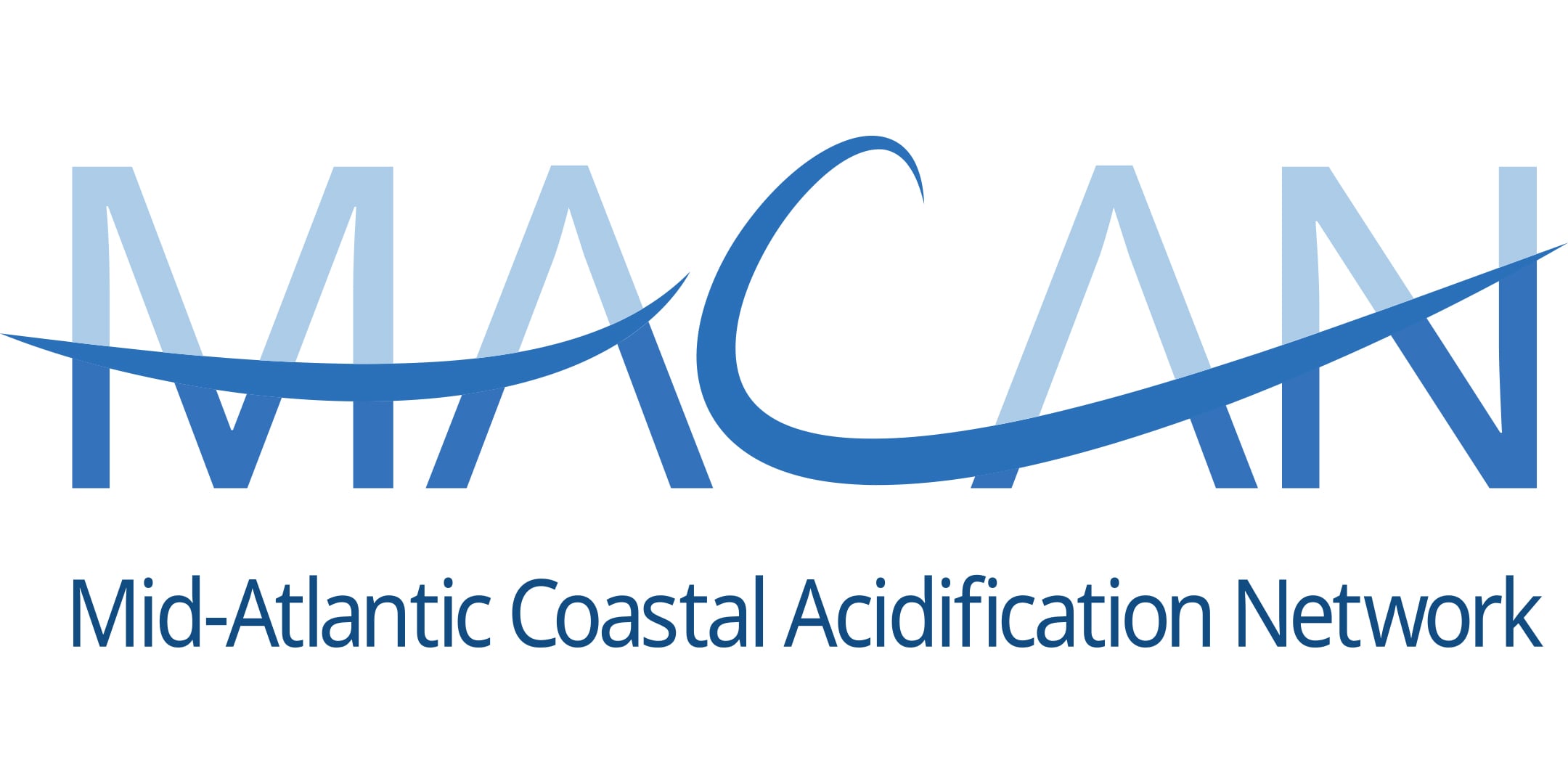- Examining impacts of extreme discharge events and climate change on the carbonate system of the York River Estuary using a coupled physical-biogeochemical model
- Comparing climate resilience of selectively-bred larval aquaculture broodstock to that of the wild Eastern oyster, Crassostrea virginica
- Building collaborative partnerships between scientists and educators to develop new education materials focused on the effects of ocean acidification on American lobsters
Abstracts and Speaker Information:
Wild-n-wacky or Bred-n-butter: Are Larvae from Selectively-bred Aquaculture Broodstock More Resilient to Climate Change than those from Wild Eastern Oysters,Crassostrea virginica?
Eastern oysters (Crassostrea virginica) provide ecosystem (e.g. 3-D reef structures) and economic (e.g. aquaculture) services to the Chesapeake Bay and other coastal areas. Oyster aquaculture is a growing industry, and the need for traits such as fast growth and disease resistance led to the development of multiple generations of selectively-bred and refined broodstock lines. Development and preservation of selected broodstock could affect various physiological processes in offspring that could potentially result in different responses to stress compared to their wild counterparts. As environmental conditions within the Chesapeake Bay continue to shift warmer and more acidic – which are individually and simultaneously known to decrease shell and tissue growth, decrease energy stores, change metabolic pathways and affect development – responses to these conditions may differ between selectively-bred and wild oysters, potentially affecting their success in the future. Because larval oysters are considered the most vulnerable and sensitive life stage and therefore are already a bottleneck to the success of wild oyster populations and aquaculture production, my study exposed larvae from wild oysters and selectively-bred broodstock to four treatments composed of two temperature and two acidic conditions that represent average ambient and current extreme states in the mesohaline region of the Chesapeake Bay. Growth, biomass, cellular stress, and survival were measured throughout showing that larvae from wild oysters may be more resilient to warming and acidifying waters than those from selectively-bred oysters.
Annie Schatz, Ph.D candidate at the Virginia Institute of Marine Science, William & Mary. She works with Dr. Emily Rivest to study the potential physiological impacts of climate change on the early-life stages of marine invertebrate species. Her research focuses on effects from multiple environmental stressors, ocean acidification, how environmental history may impact performance of later life stages and shellfish aquaculture. Annie received her B.S. from Pitzer College in Claremont, CA where she studied how the respiration rates of two populations of Acorn barnacles differed across a range of temperatures.
Building collaborative relationships between scientists and educators is an important step in improving climate change education. By providing real-world data and hands-on experiences, scientists can assist students in connecting marine processes with changes in marine and human communities. A recent project focused on understanding effects of ocean acidification on American lobsters is a strong case study for extended collaboration between scientists and educators. Three main tools were used to develop educational materials: an internship to provide hands-on research experience for science teachers, multimedia content for sharing information about the project, and the Virginia Scientist Educator Alliance (VASEA) to provide training for lesson plan design. Together, these project components can serve as a roadmap for scientists and educators looking to improve ocean acidification education.
Abbey Sisti, PhD candidate at the Virginia Institute of Marine Science. She has a B.S. and M.S. in Biological Sciences from the University of Alabama. Her research focuses on understanding marine invertebrate responses to climate change conditions. Abbey is interested in translating climate change science to educational and policy contexts.

